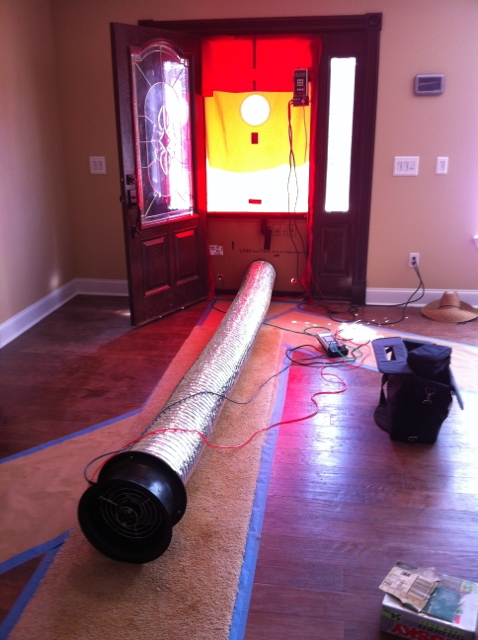
Image Credit: Energy Vanguard
Image Credit: Energy Vanguard The net zero energy home has a large PV array on the south roof; the solar thermal collector is on the right.
Image Credit: Energy Vanguard The ground-source heat pump is located in the unvented conditioned attic.
Image Credit: Energy Vanguard The insulation contractor installed about 9 in. of spray foam insulation along the roofline.
Image Credit: Energy Vanguard I saw this folk art in rural Tennessee on the way to the net zero energy home. The art is located in Brownsville, east of Memphis; thought it was an electrical substation at first.
Image Credit: Allison A. Bailes III
On my thousand-mile quality assurance road trip last week, I visited a house that was designed to produce more energy than it uses, making it a net zero energy home. You can take any house all the way to net zero just by giving it enough on-site power production (photovoltaics, wind, hydropower…), but that’s not the most effective way to achieve the goal of net zero energy use. First, you want to make the house really efficient, and that’s what these folks did.
As tight as a Passive House
If you’re a home energy pro, the photo of the duct leakage test fan hooked up to the Blower Door frame may look a little odd to you (unless you work on Passive House or similar super-efficient projects). That’s my setup when I was testing the house for air leakage. Yes, I really was running a Blower Door test with a Duct Blaster fan. Even better, I was running the fan with the smallest ring (Ring 3). Because the house was so tight, I needed to use equipment that would give me better resolution than the larger Blower Door fan.
This house was really, really tight. The air leakage was 200 cfm50, which translated to about 0.5 ACH50. For reference, the Georgia energy code requires all new homes to test at 7 ACH50 or less. The Passive House standard for air leakage is 0.6 ACH50. Any house that tight needs mechanical ventilation, of course, and they installed a combined ERV and HEPA filter system made by Broan.
Wondering how they got the house that tight? They took a number of measures, all of them designed to eliminate the common sources of air leakage:
- Simple design – only 4 corners and a single gable roof
- Slab foundation
- Insulating Concrete Form (ICF) walls
- Spray foam insulation on the roofline
Super efficient and powered with renewable energy
They did a great job with the rest of the energy efficiency details, too. It’s becoming the norm these days, but I’ll mention anyway that they used double pane, low-e windows. The ceiling fans, lights, and appliances all were super efficient as well. They also installed a ground-source heat pump with all ducts in the conditioned attic. That means there was no duct leakage to the outside. Of course, they installed a solar hot water system, too; you can see the solar thermal collector on the roof, to the right of the PV modules, in one of the photos.
Once they made the house as efficient as possible, the amount of on-site power production they needed to get to net zero was smaller. The photovoltaic system on the south-facing roof ended up at about 8 kilowatts, which actually should put them below net zero. That means that the power company will be sending them money each year.
So, how do you build a net zero energy home? The first thing to do is to have someone like Jack Cowan on your team. Jack is a HERS rater in the Memphis, Tennessee area, and he started his rating company, Cowanhouse, over a decade ago. The house described in this article is going to be his nephew’s home, and Jack has helped with the design and construction, as well as being the rater on the project. He’s done a number of other renewable energy projects, too, including another net zero house whose owners have never paid a utility bill. Jack did all the modeling and specifications for the PV system here.
Meeting great people doing amazing work is one of the reasons I love what I do so much.
Weekly Newsletter
Get building science and energy efficiency advice, plus special offers, in your inbox.





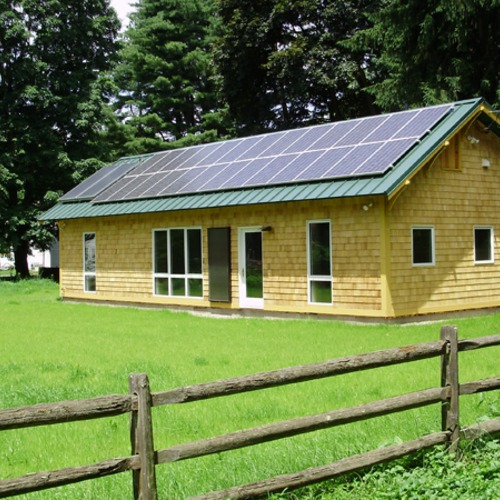
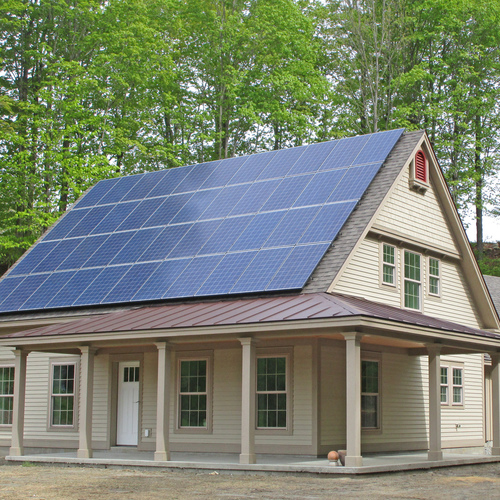
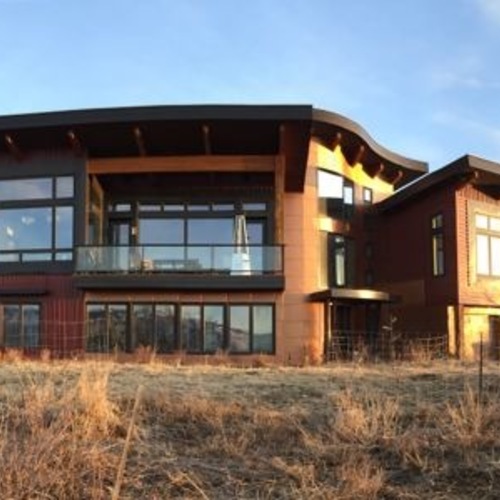
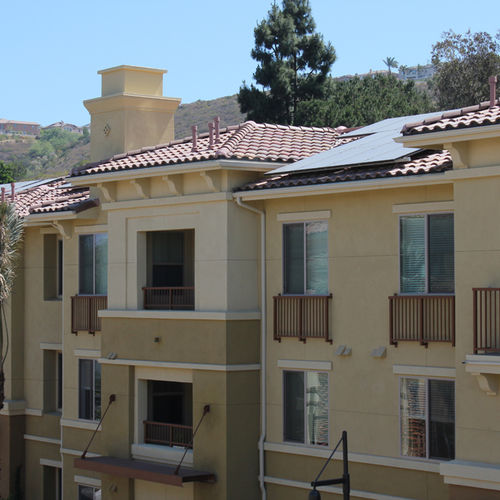






3 Comments
NY, National Grid, does not
NY, National Grid, does not give back money if one generates a surplus.
Question, how noisy is the Broan system? Their bath fans are noisy. Panasonic bath fans are less so.
Nice home, but needs quite a large solar array, and expensive ground source heat pump.
Response to aj
aj, I don't have any experience with that system, so I can't answer directly, but the fan itself is in the attic, so I imagine it won't be noticeable in the house. I imagine the 8 kW PV system is going to provide a significant amount of extra energy for the owners. As for the GSHP, I myself would have chosen a mini-split, but these folks wanted this type of system, so that's what they're getting.
duct blaster
I love seeing the duct blaster hooked up to the door panel. Good stuff!
Log in or create an account to post a comment.
Sign up Log in